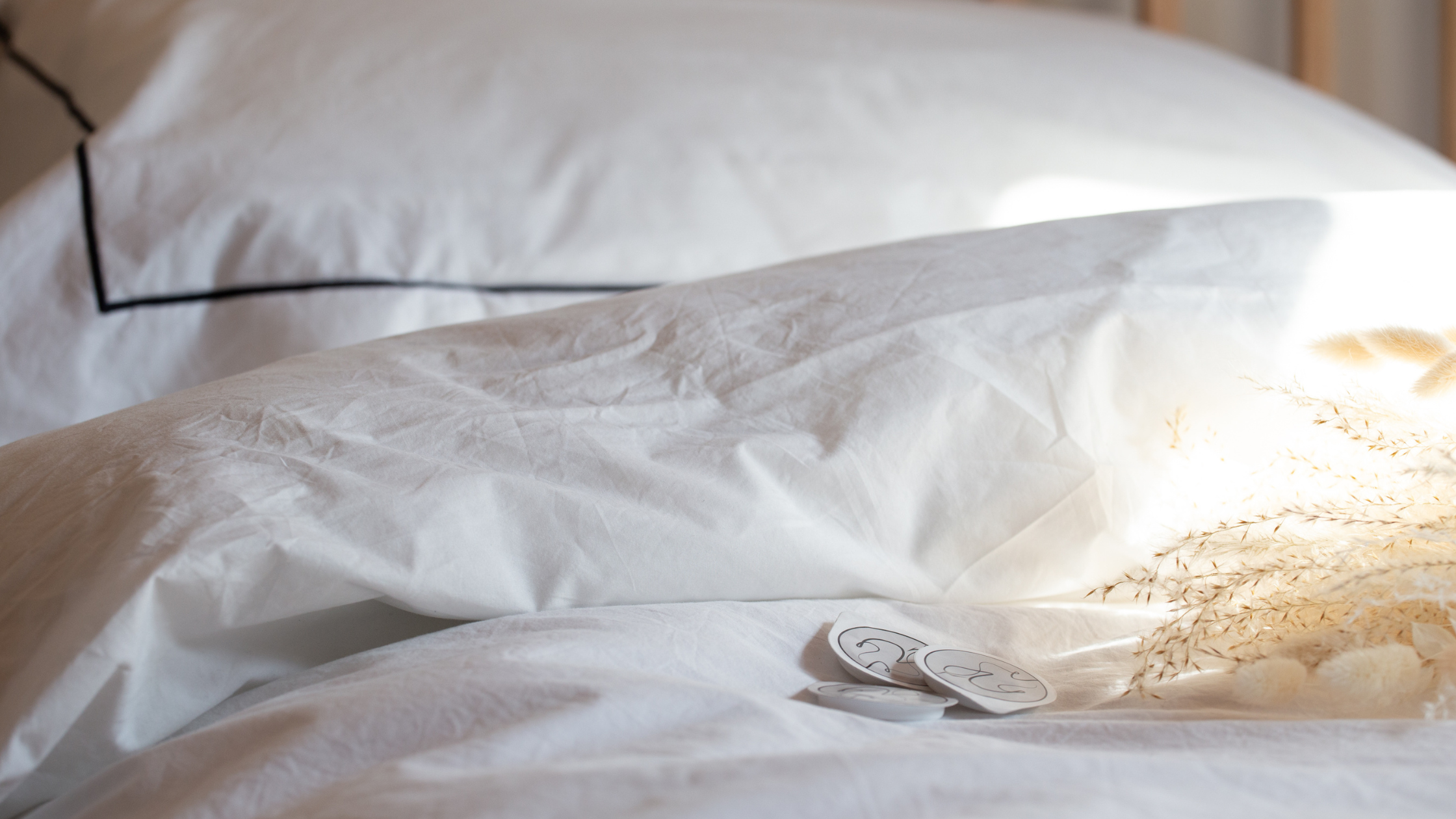Do condoms prevent STDs?

Do condoms prevent STDs?
Guest blog by MyBliss founder Mo Carrier.
A brief introduction to MyBliss:
MyBliss® was founded to help improve female health and well-being. After hearing about so many experiences of women feeling uncomfortable asking their partners to use condoms, we decided to create a male condom for women that was designed for their needs. Our condoms have innovative packaging that ensures condoms are used the right way and that the condom isn’t ripped when the packaging is opened. Furthermore, the buttercup packaging looks more like a coffee pod than a condom so they can be discreetly carried with you wherever you go.
Condoms are the only form of contraception that can help prevent STDs. When used correctly they are 98% effective (although this figure is lower due to people putting condoms on the wrong way). If you think you have an STD, go to your local doctors or sexual health clinic.
If you’ve just found out you have a sexually transmitted disease, do not take this experience personally. STDs are very common (chlamydia and gonorrhoea are the most common). There were 161,672 diagnoses of chlamydia and 57,084 diagnoses of gonorrhoea in 2020 in England*. Chlamydia was the most common STD with 88,674 diagnoses in women and 70,581 diagnoses in men*. Although the stigma of having an STD is still felt by many (especially women), it is a normal experience to go through and you’d be surprised by how many people in your life have gone through the same experience.
Here’s a list of symptoms of chlamydia, however, it’s a good idea to go to a sexual health clinic for a check-up either way because the majority of people won’t experience any symptoms. It’s advised people who don’t have a regular partner go for a sexual health screening every 3-6 months. The signs of contracting chlamydia are: pain when urinating, unusual vaginal discharge, pain in the tummy or pelvis, pain during sex, bleeding after sex and bleeding between periods**.
The symptoms of gonorrhoea are a thick green or yellow discharge from the vagina or penis, pain when peeing and, in women, bleeding between periods***. However, like chlamydia lots of people won’t experience any symptoms so it’s important to still get checked. If you’re not comfortable going to your local doctors or sexual health clinic, you can order an STD test to be sent to your home by simply searching for STD at-home tests.
To protect yourself against STDs, make sure to use a condom every time you have sex. Even if you’re on a form of birth control that prevents pregnancy, you will still need to use condoms to protect against STDs. Many women have reported being discouraged from using a condom by their partner if they’re on birth control. You should not feel pressured not to use a condom by your partner. Make it clear that you will not engage in sex unless your partner is wearing a condom. If you are in a long-term partnership, it is advised both you and your partner have an STD screening before you decide to no longer use condoms. However, if you are not on another form of birth control and you do not want to get pregnant, make sure you continue to use condoms or use another form of birth control.
* https://pharmacydirectgb.co.uk/std-statistics-facts-and-figures-for-the-uk-in-2021/
** https://www.nhs.uk/conditions/chlamydia/symptoms/
*** https://www.nhs.uk/conditions/gonorrhoea/

Leave a comment